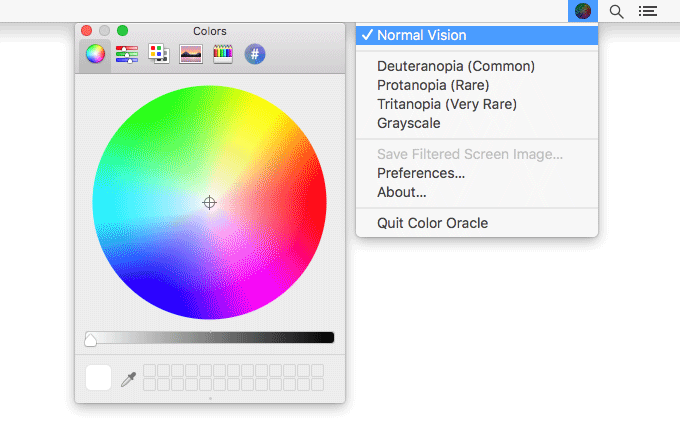
Problems with colour vision occur when these cells are defective or absent entirely. There are three types of cones-each responsible for detecting red, blue, and green wavelengths in the spectrum. It’s actually a decreased ability to see colour, or a decreased ability to tell colours apart from one another.Ĭones are a type of photoreceptor cell in the human eye that are responsible for perceiving colour. What is colour blindness?Ĭolour blindness very rarely means that you can’t see any colour at all, or that people see things in greyscale.

Fortunately, there are some simple points to keep in mind to avoid these issues and ensure that your site is colour-accessible and user-friendly for a wider audience.įirst, let’s talk a little bit about what colour blindness actually is. If the issues are severe, they may not use your site at all and decide to purchase from your competitor instead. If your website has problematic colour usage or contrast issues, it can easily affect how customers use your website.

Too many designers, developers, content strategists, project planners, and other people involved in website design take colour perception for granted, but it’s important to remember that a large percentage of people have Colour Vision Deficiencies (CVD), also known as colour blindness. But have you ever thought about the perception of colour, and how it can be perceived differently by different people? When designing a website or online shop, you’ve probably given plenty of thought to the usual elements and principles of design - the balance of shapes, the hierarchy of text and images, and the harmony of colour.


 0 kommentar(er)
0 kommentar(er)
